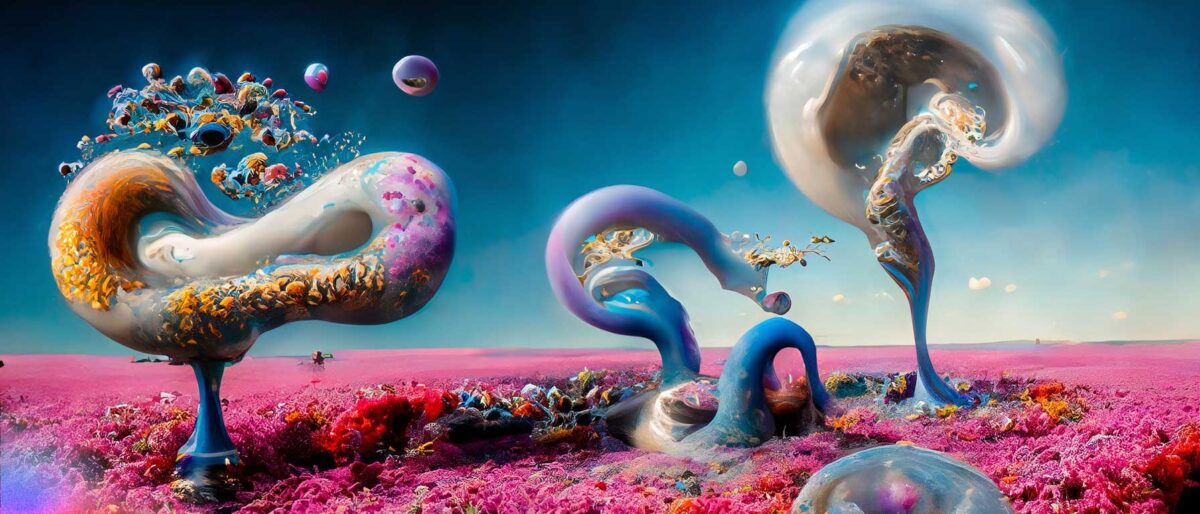The Power of AI in Image Generation: Enhancing Education and Beyond
In recent years, Artificial Intelligence (AI) has made remarkable strides in various fields, revolutionizing the way we perform tasks. One fascinating application of AI is in image generation, where algorithms can create lifelike and visually appealing images. This breakthrough technology has vast implications for educators, as it opens up new avenues for engaging and interactive teaching methods. In this blog, we will explore the concept of image generation through AI and delve into its potential benefits for educators. Image generation using AI involves training deep learning models on vast datasets to learn patterns and generate new images. The process typically involves training a model on a dataset containing numerous examples of a specific type of image, enabling it to generate new images that resemble the input data.
How to write a prompt to get an accurate images?
Let’s take an example of photography prompts! Below are the questions which one should ask.
- How is the photo composed?
- What is the emotional vibe of the image?
- How close are we to the subject? What angle?
- How much depth of field?
- How is the subject lit? Where from? How much light?
- Artificial or natural light? What colour? What time of day?
- What camera or lens? Macro, telephoto or wide angle?
- Where is it shot? in the studio or out in the world?
- What film or process is used? Digital or film?
- What year was it taken?
- In what context was this photo ultimately published or used?
Prompt Formation:
Example
“Film still, extreme wide shot of an elephant alone on the savannah, extreme long shot”
Editing Techniques:
Fixing the details
Source image: “Film still, two construction workers arguing intently, over-the-shoulder shot, colourful cinematography from Amélie (2001)”
Delete the offending detail. Prompt for the whole image, but now we can spend more words describing the missing detail:
‘A man in an orange construction vest, intent expression, close-up on face, ocular reflections, furrowed eyebrows’
A bit better: still not perfect though! We could have obviously tried generating more variations and tweaking the face prompt to get an even more realistic result.
Benefits for Educators:
Illustrating Concepts
AI-generated images can provide educators with powerful visual aids to explain complex concepts. For instance, in physics classes, visualizing intricate electromagnetic field patterns or illustrating the behavior of particles can enhance students’ understanding and retention.
Personalized Learning
AI-powered image generation can facilitate personalized learning experiences. Educators can create custom images tailored to individual students’ interests or learning styles, allowing them to engage more effectively with the material. By catering to different preferences, educators can enhance student motivation and improve overall learning outcomes.
Historical and Cultural Representation
AI can recreate historical events or artifacts through generated images, enabling educators to provide immersive experiences. Students can witness ancient civilizations, famous landmarks, or notable figures from the past, fostering a deeper appreciation for history and culture.
Experimental Simulations
In fields such as chemistry and biology, AI-generated images can simulate laboratory experiments, making it possible to observe processes that are otherwise challenging to demonstrate. This approach enables students to grasp complex concepts, experiment with different variables, and gain hands-on experience in a virtual environment.
Conclusion:
AI-powered image generation holds immense potential in the field of education. As AI continues to advance, we can expect image generation to become an indispensable tool for educators seeking innovative and effective teaching strategies.
Source : https://labs.openai.com/
All the pictures are produced from DALL-E





